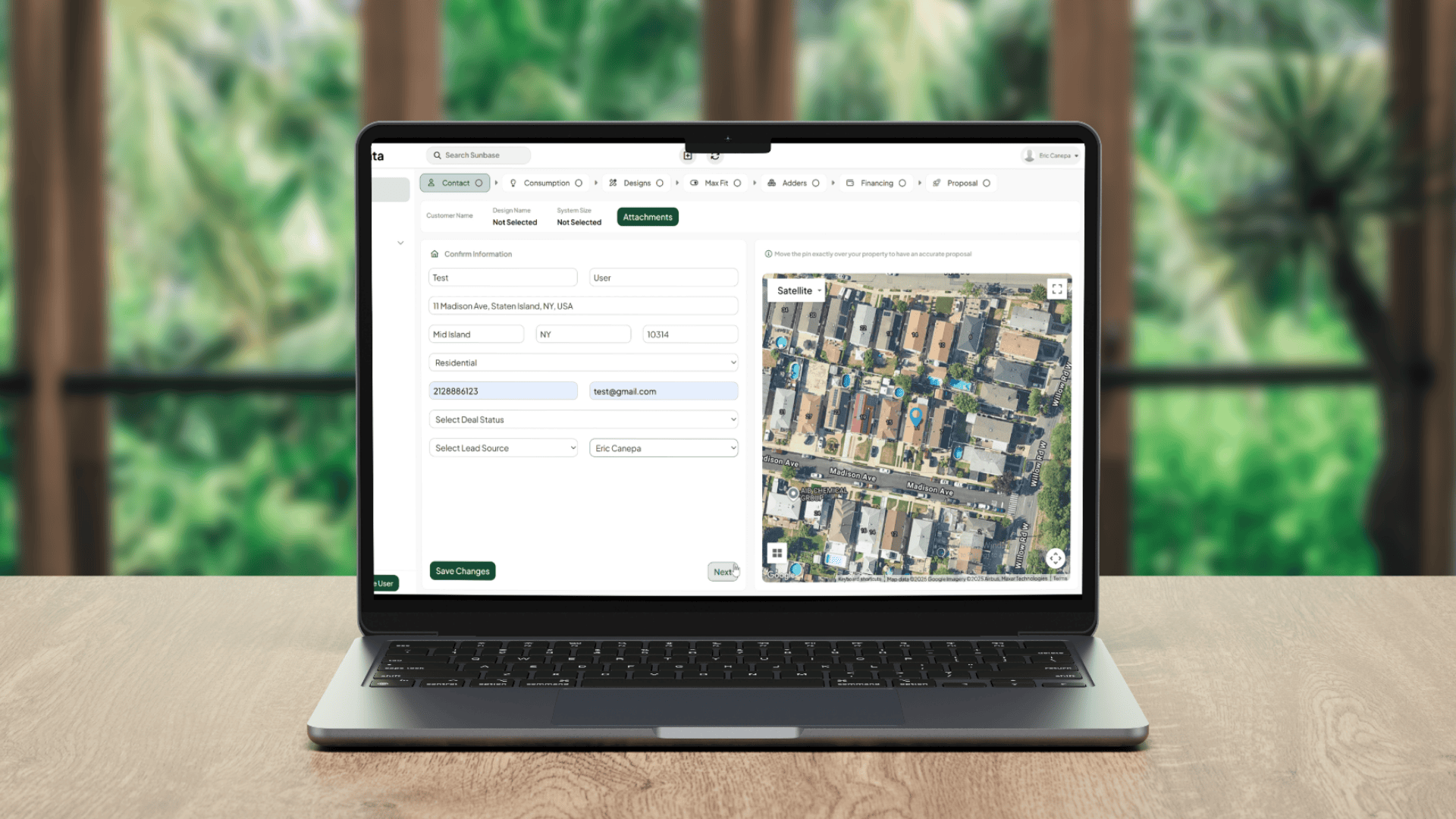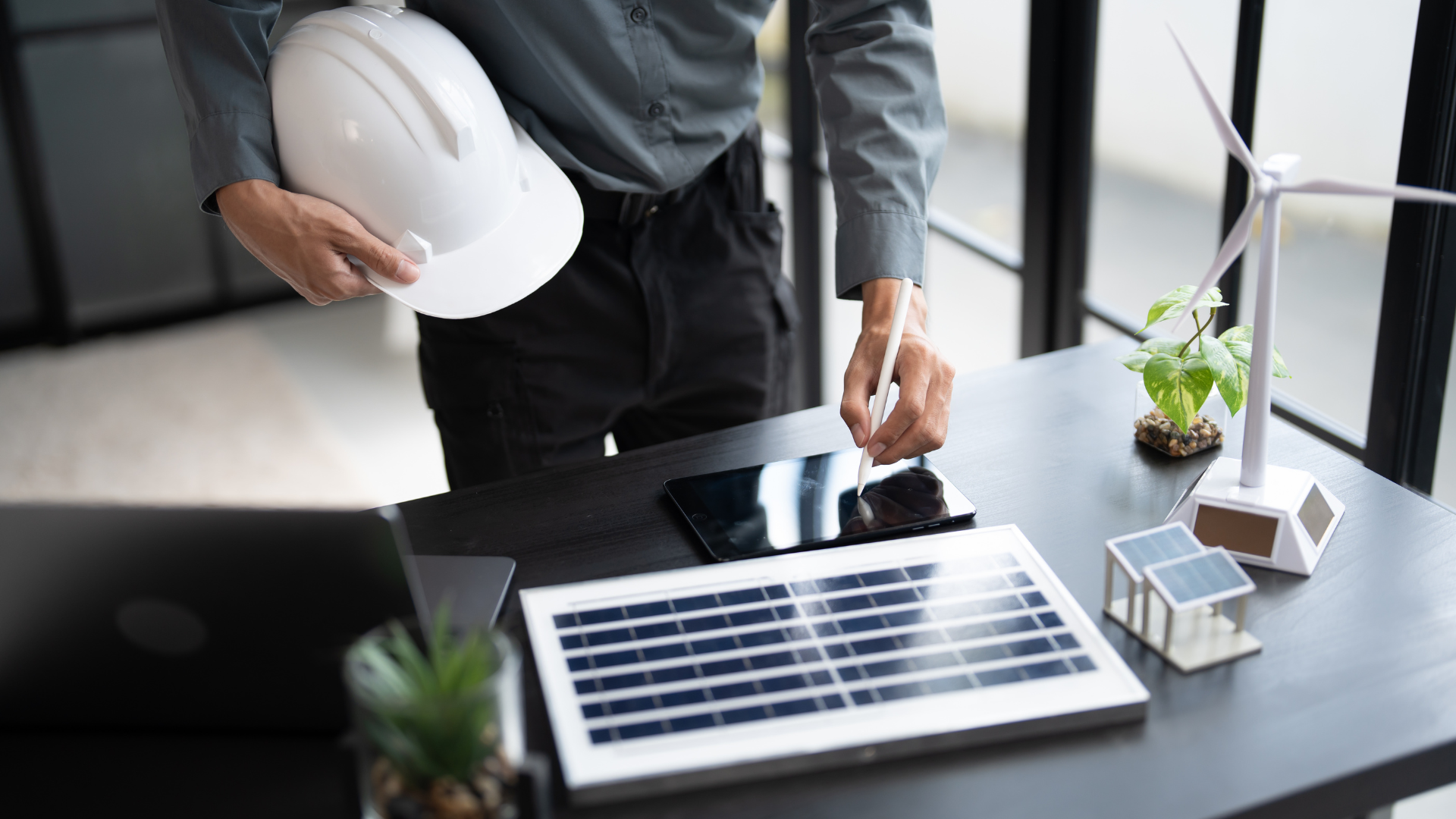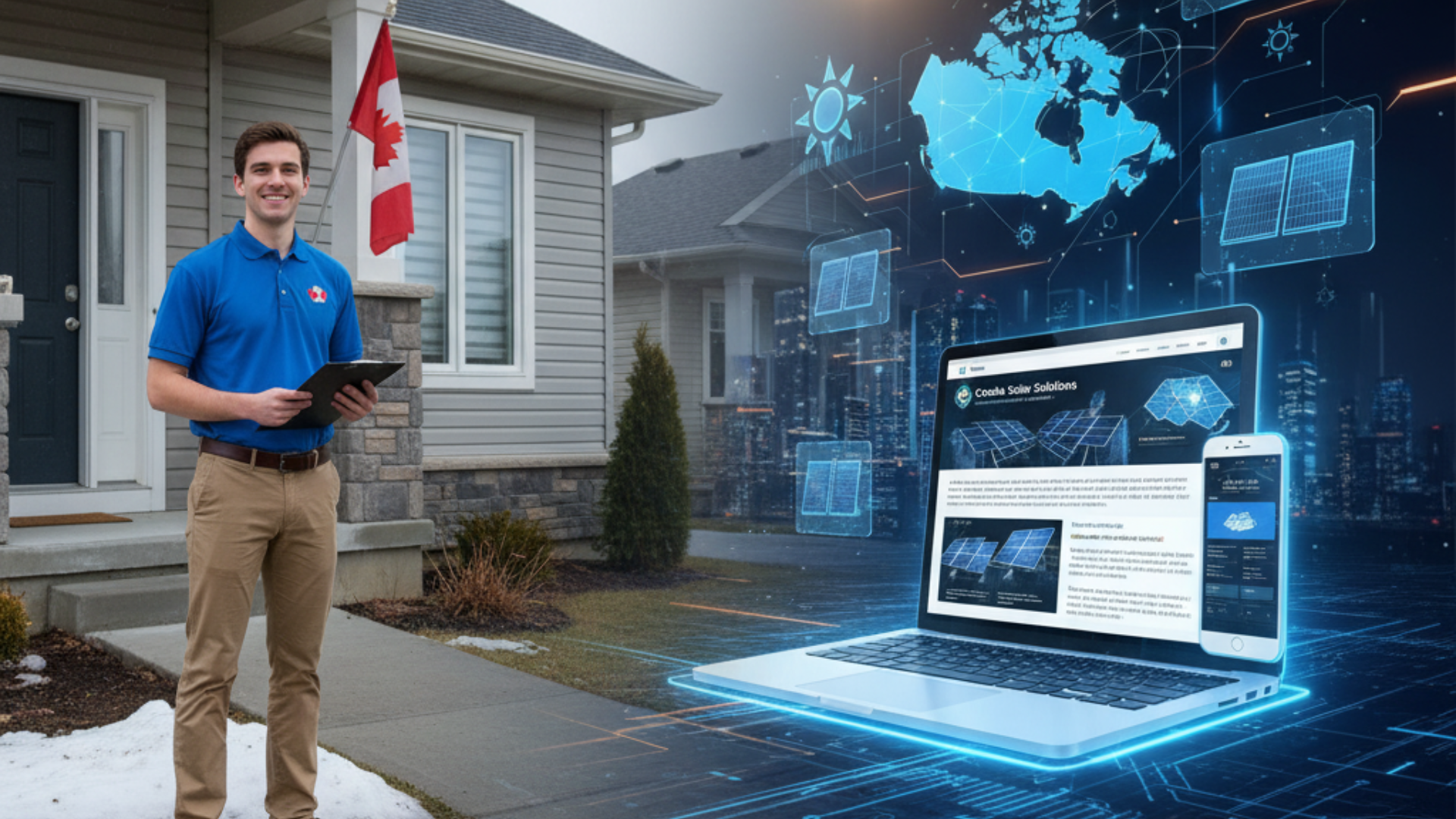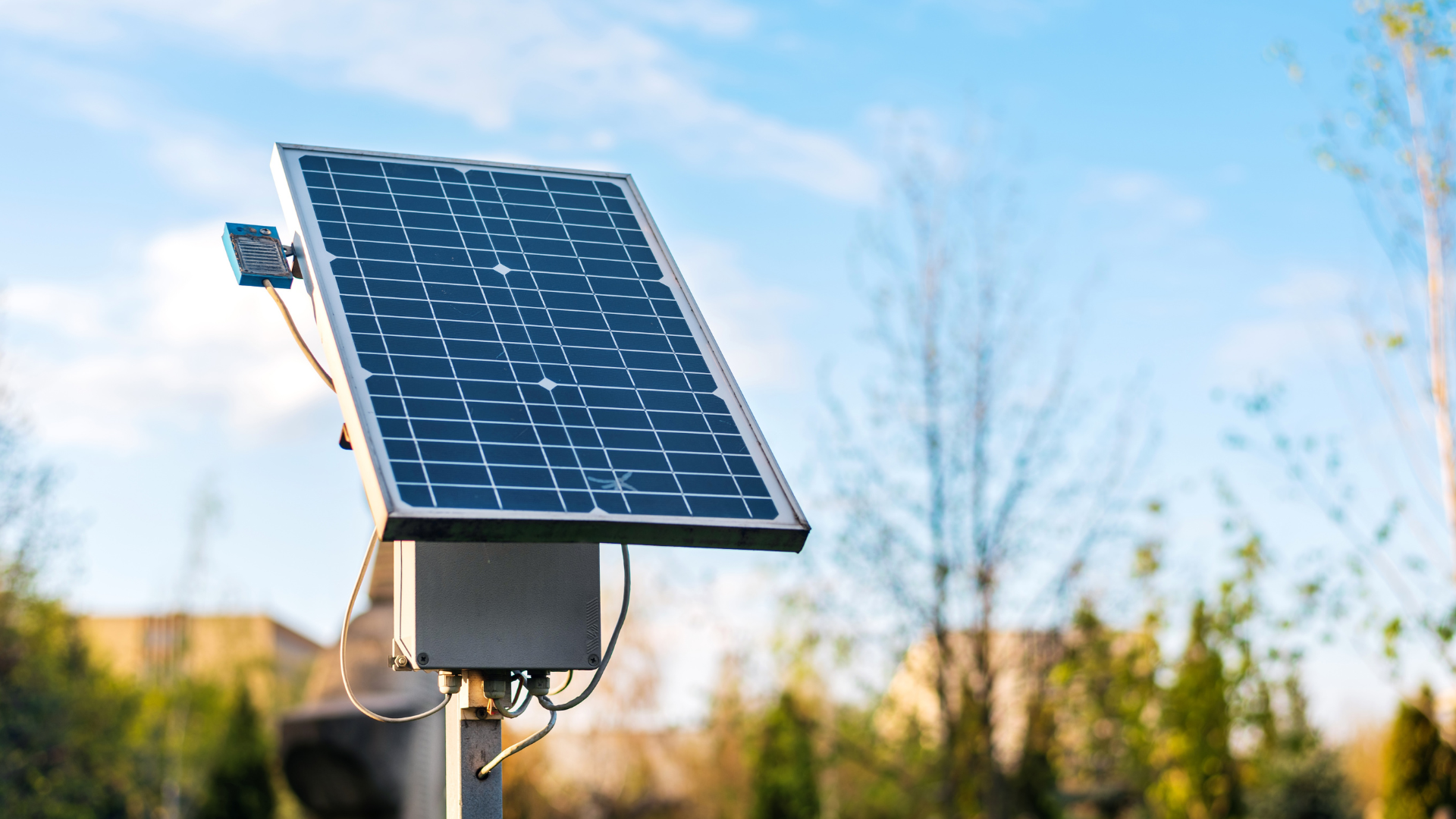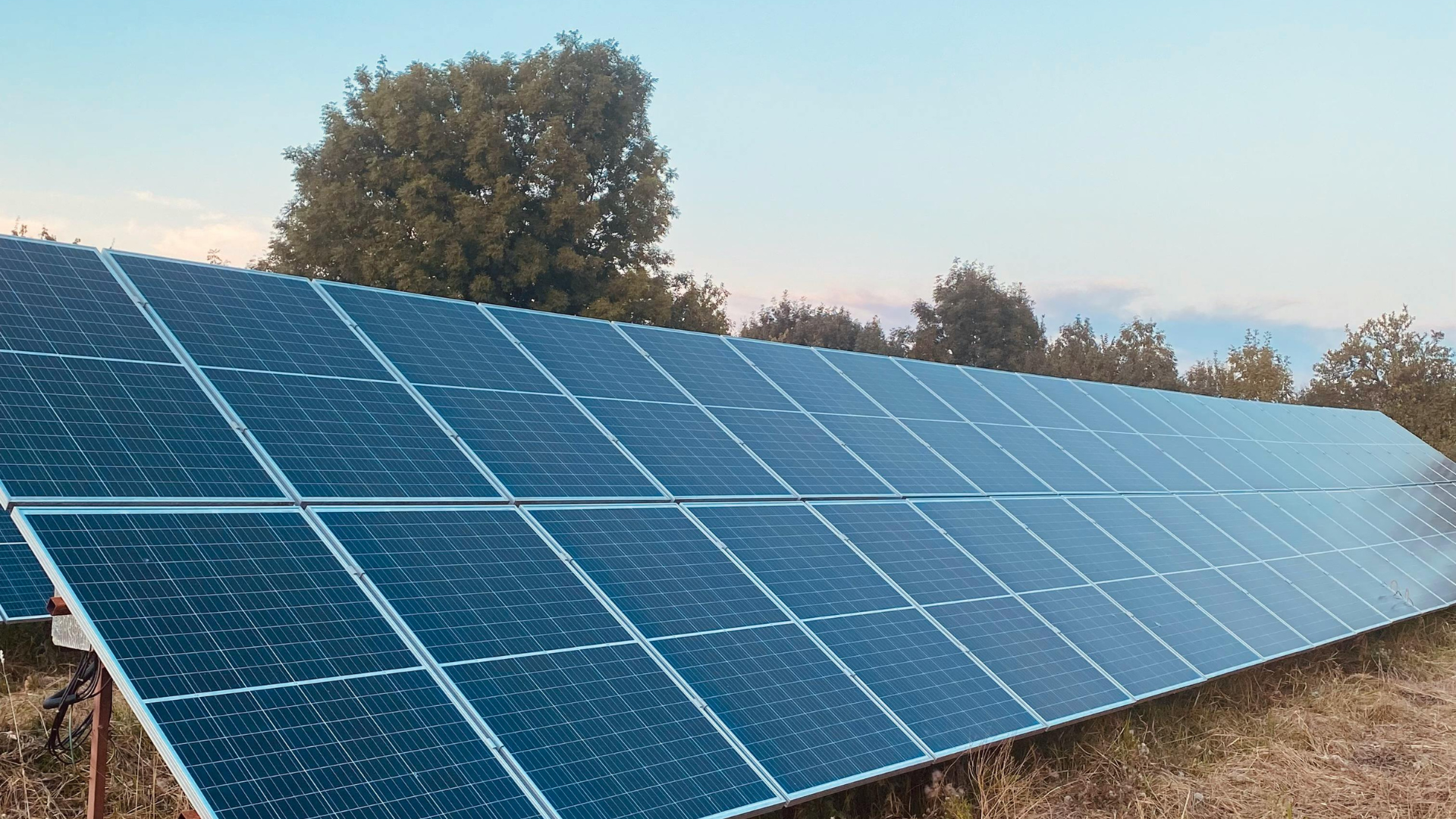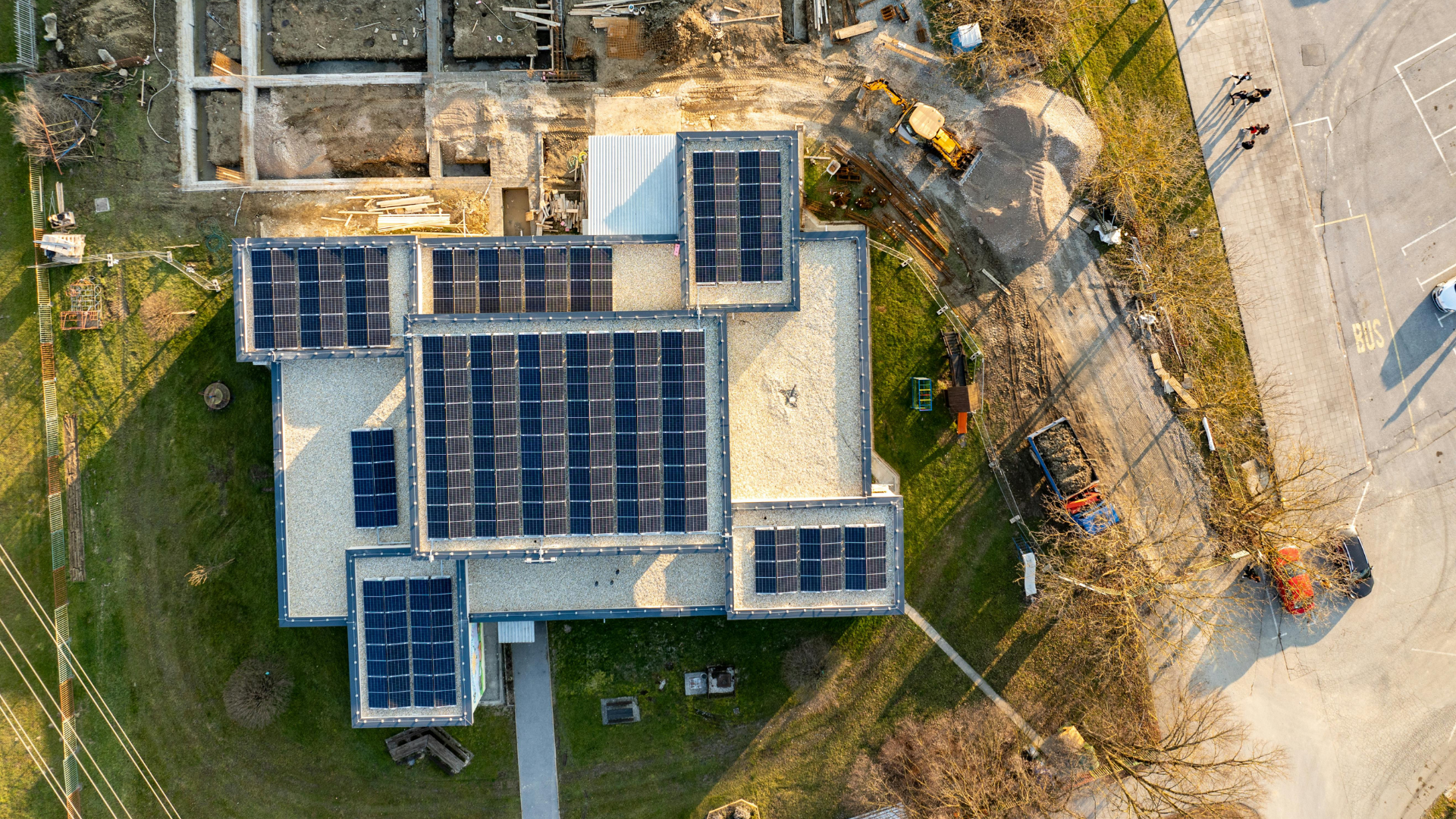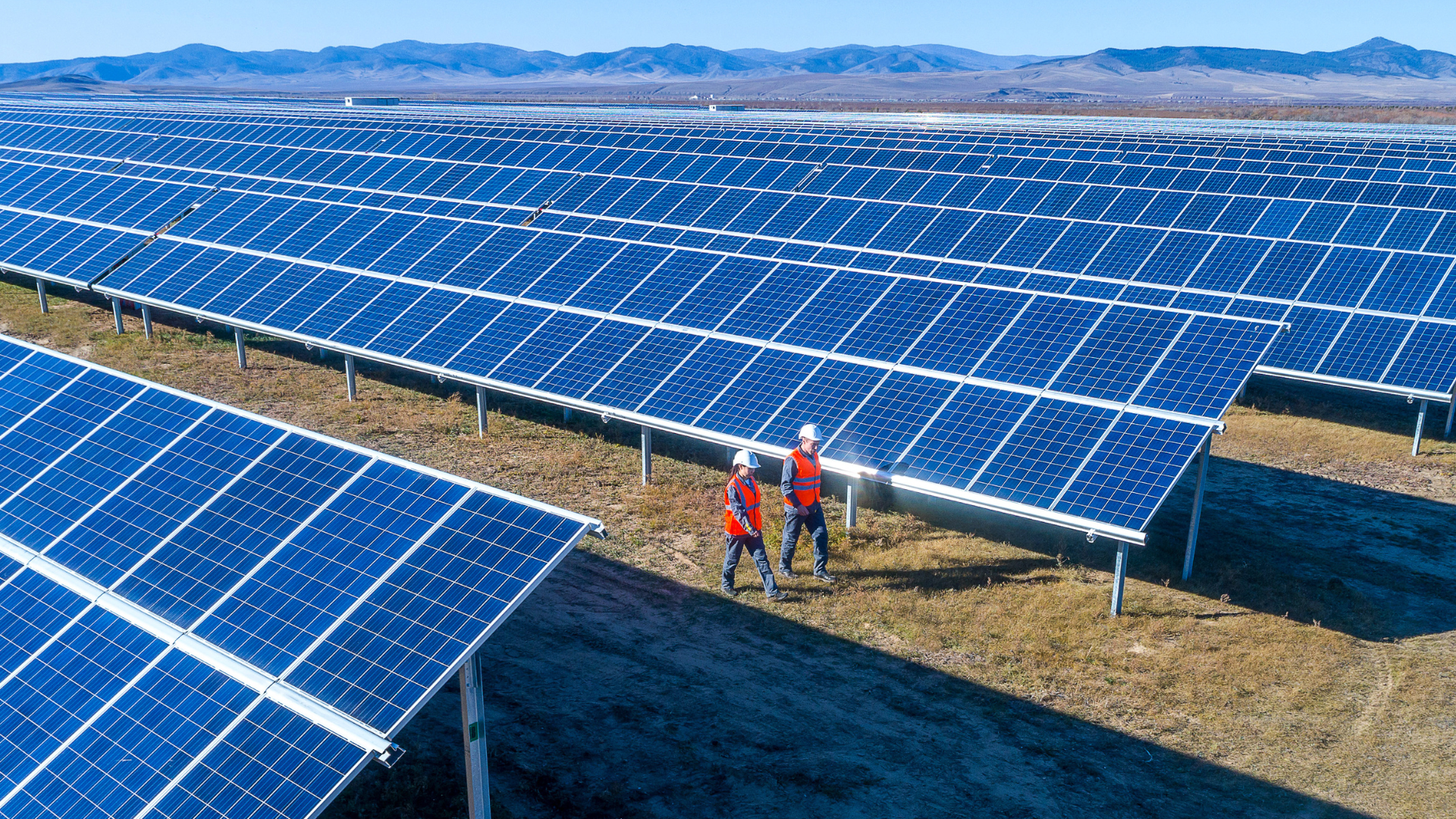December 5, 2022
What factors should you consider when positioning solar panels on your roof?
The positioning of solar panels on your roof can have a dramatic effect on the amount of energy they produce and the savings you make from using them. To get the maximum benefit, there are five factors that should be taken into consideration when deciding the best positioning for your solar panels:
1. Solar panel orientation-
Solar panels should always be facing south to make sure that they’re getting as much sun as possible throughout the day. In some cases, east or west-facing roofs may also provide enough sunlight.
2. Angle-
The angle of slope for your roof will affect the amount of sunlight received by your solar panel system. Generally speaking, a 30 degree tilt is considered optimal; however this may vary depending on geographical location.
3. Shade-
It’s important to ensure that your solar panels are not shaded by trees or other buildings at any time during the day, as this will reduce their energy production considerably.
4. Temperature-
Solar panels should be installed in a location that is well-ventilated, so as to avoid overheating which can affect the efficiency of the system.
5. Space-
Make sure you leave enough space between individual solar panels for servicing and maintenance purposes, as well as allowing airflow around them to keep temperatures down.
By taking these factors into consideration when positioning your solar panel system on your roof, you can get the most benefit from it in terms of energy production and financial savings.
It is also important to note that while solar panels can be installed on a flat roof, they will generally not perform as well as when mounted on an angled one. Also, make sure to check the local building regulations and permits required for installation before getting started. With the right positioning of your solar panels, you’re sure to get the most out of them.
By following these guidelines and consulting with an experienced installer, you can ensure that you’re getting maximum benefit from your solar panel system in terms of energy production and savings. Investing in a quality solar panel setup now could save you thousands of dollars over the years — so it pays off to make sure it's installed correctly!
5 ways to understand the best direction and angle for your solar panels?
For homes that want to get the most out of their solar panel setup, it is important to find the best direction and angle for the panels. This part article will look at 5 ways to determine what the optimal direction and angle is for your solar panels so you can get the most efficient energy production from them.
1. Evaluate Your Site’s Location:
The location of your home will play a big role in determining which way your panels should face for maximum efficiency. Generally, south-facing installations perform best as they are directly exposed to sunlight throughout most of the day. However, different levels of shading or terrain could influence this decision, so be sure to evaluate your site before installing any panels.
2. Consider the Seasonal Sun Variations:
As the seasons change, the intensity and angle of sunlight hitting your home can vary significantly. During the winter months, solar panels should be angled more steeply to maximize energy production. This is because during this time, sunlight hits the Earth at a lower angle than in summer months when it is higher in the sky.
3. Utilize Tilting Mounts:
Optimum performance from solar panels comes with an understanding of seasonal variations and being able to adjust accordingly. Tilting mounts can help compensate for seasonal changes by enabling you to re-orient your panel's angles as needed throughout the year depending on how much available sunshine there is. By doing this, you'll bring the most out of your solar panel investment.
4. Keep Track of Your Panel Output:
To ensure that you’re getting the most out of your solar panel system, you should keep track of how much energy it produces in a certain time frame – such as during winter or summer months – and adjust accordingly. This will help you identify any issues with alignment or if there is shading on the panels that could be hindering their performance.
5. Don’t Forget About Maintenance:
Even after all of this planning, it is important to remember that regular maintenance is necessary for keeping the panels running efficiently over time. Make sure to regularly clean them off to remove any dust, dirt, leaves or other debris that may have built up. Additionally, be sure to check and replace any faulty connections or cables as needed.
With the right planning and understanding of how solar panels work, you can maximize their efficiency by finding the best direction and angle for them. By considering your site’s location, seasonal sun variations, using tilting mounts, tracking panel output and maintaining panels regularly, you will be able to make the most of your solar energy setup.
What is the best position for solar panels?
Solar panels are a cost-effective and efficient way to produce renewable energy. When installed in the ideal positions, they can maximize solar exposure while providing optimal efficiency. There are many factors that must be considered when deciding where to install solar panels, such as roof size, orientation, shade, and access to sunlight. To help narrow down the best options for your home or business, here is an overview of the five most effective positions for solar panels.
1. South-Facing Roofs:
Installing solar panels on south-facing roofs will provide maximum sun exposure throughout the day and year! This position allows for maximum return on investment as it captures more sunlight than any other direction. However, this requires an unobstructed view of the sky, which is not always possible.
2. East- and West-Facing Roofs:
Solar panels installed on east- or west-facing roofs can still capture a significant amount of sunlight despite slightly lower returns than south facing roofs. This position is best for those in need of more shade coverage or unobstructed views.
3. Ground Mounted Systems:
For those with limited roof space, ground mounted systems are an excellent alternative to maximize solar exposure while avoiding obstacles like trees and buildings that can block the sun's rays. This option also allows you to angle the panels at specific directions to optimize efficiency even further!
4. Flat Roofs:
Flat roofs are ideal as they provide plenty of space for solar panel installation. However, the panels must be installed at an angle to capture the maximum amount of sunlight.
5. Other Structures:
Solar panels can also be installed on other structures, such as awnings, garages, and carports. This allows for unique design possibilities while providing optimal solar exposure!
Installing solar panels in the ideal positions can provide maximum return on investment as well as efficiency. Depending on your specific needs, one or more of these five positions may be best suited for your home or business. With careful consideration and research, you can ensure that your solar panel installation is optimized for performance and cost savings!
What is solar design software?
Solar design software is designed to help solar installers visualize and analyze a solar system before installation. It enables users to create optimized designs based on their specific needs and preferences, such as the size of the roof, type of equipment, budget constraints, local incentives and more. Solar design software allows installers to design systems quickly with maximum efficiency in mind. It can also be used for the pre-inspection of projects and tracking through completion so that everything goes smoothly from start to finish.
Solar design software provides many features such as automated layout tools, shading analysis tools, energy yield calculators and financial analysis tools, allowing users to make informed decisions about their projects. Designing a solar project is often a complex process involving multiple stakeholders. With solar design software, users can quickly and accurately communicate their ideas with a variety of stakeholders. This allows for better collaboration between all parties involved in the project, resulting in improved quality, lower costs and shorter timelines. Solar design software also helps installers keep up-to-date with current regulations and standards, ensuring compliance with local laws and industry guidelines.
How does solar design software help determine the best for your solar panels?
Solar design software are a great way to determine the best type of solar panel for your needs. With modern technology, it has become easier than ever to calculate the optimal specifications for a suitable solar system. Here are five ways that solar design software can help you decide on the best panels for your needs.
1. Calculating Solar Energy Output –
Solar design software helps to predict the amount of solar energy your system will produce. It can predict an estimate based on the size of the panel, its orientation and other factors. This allows you to select a suitable type and size for your individual needs.
2. Estimating Cost Savings –
The software can also help you calculate potential savings on electricity bills after installation of solar panels. By taking into account the size and efficiency of the panels, it can accurately estimate how much money you could save in the long run.
3. Calculating Roof Space Required –
Roof space is one of the major considerations when installing solar panels, as it directly impacts both cost and efficiency of the system. Solar design software can help you estimate the amount of space required so you can plan for installation more effectively.
4. Estimating Maintenance Costs –
In addition to calculating savings, solar design software can also help estimate maintenance costs over time. This includes estimated cost of repairs and replacements that may be necessary due to harsh weather conditions or other factors.
5. Calculating System Design –
Solar design software is also useful in designing a solar array on your roof, ensuring maximum efficiency and energy output while taking into account obstructions such as trees and buildings nearby. The software will allow you to design the array with precision, maximizing both performance and aesthetics outcomes.
Solar design software provides an invaluable resource when selecting the best solar panels for your needs. It allows you to accurately estimate output, savings and costs while also designing a system that is both efficient and aesthetically pleasing. With this in mind, it is easy to understand the benefits of using solar design software before investing time and money into a new solar array. Read this complete guide on solar design software to know all about it!
Sunbase solar design software
To assist companies who install solar panels in customising PV designs or layouts to meet a variety of criteria, Sunbase solar design software was developed. The software is in charge of designing project module layouts that make the best use of the available area and include roadways that are dynamically identified and unaffected by site impediments or weather conditions.
The Sunbase Solar Design Proposal Software Model enables solar power system pv installers to efficiently and accurately identify hyper-focused property owners in any industry. It offers a variety of solar design resources that solar installers can use to standardise solar projects from conception to execution. You can read this blog to know all about Sunbase solar design software and its features or bow it works.
Conclusion:
When positioning your solar panels, it is important to consider all of the factors that we’ve talked about. However, with today’s technology there are ways for you to understand where the best position and angle for your solar panels would be. Solar design software takes all of these factors into account like solar panel tilt, angle direction for solar panels south facing panels to be accurate, angle solar energy production, solar panel direction for northern hemisphere or southern hemisphere, optimal solar panel angle or your specific property in order to give you a detailed report on the best direction for solar panels face and angle for your installation. Have you considered using solar design software? If not, now may be the time!
About Sunbase
Sunbase helps solar companies succeed through a suite of Solar CRM tools like Solar Lead Management Software, Solar Proposal Software, etc.! To book your free demo or an appointment, contact us here
I agree to receive marketing messaging from Sunbase at the phone number provided above. I understand data rates will apply, and can reply STOP to OPT OUT.


